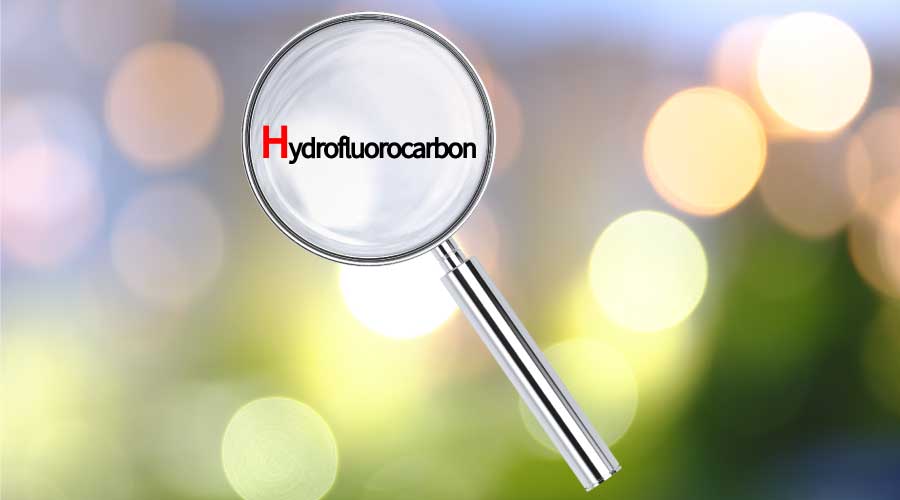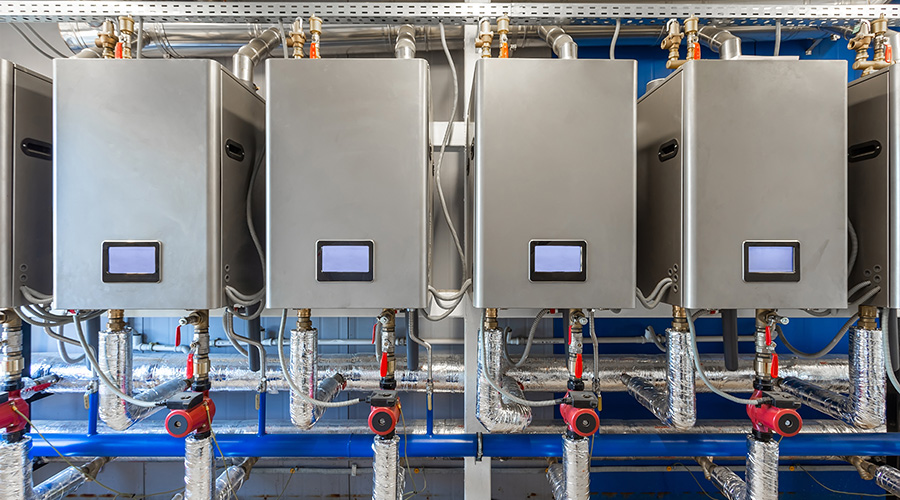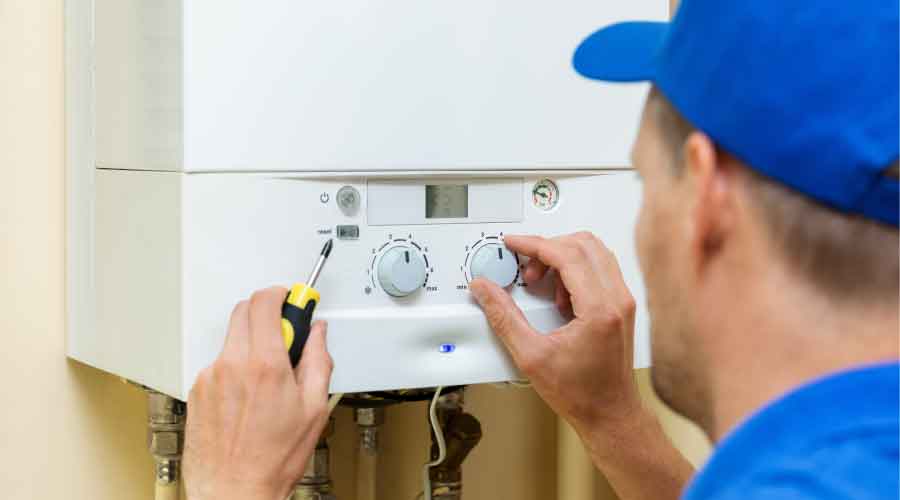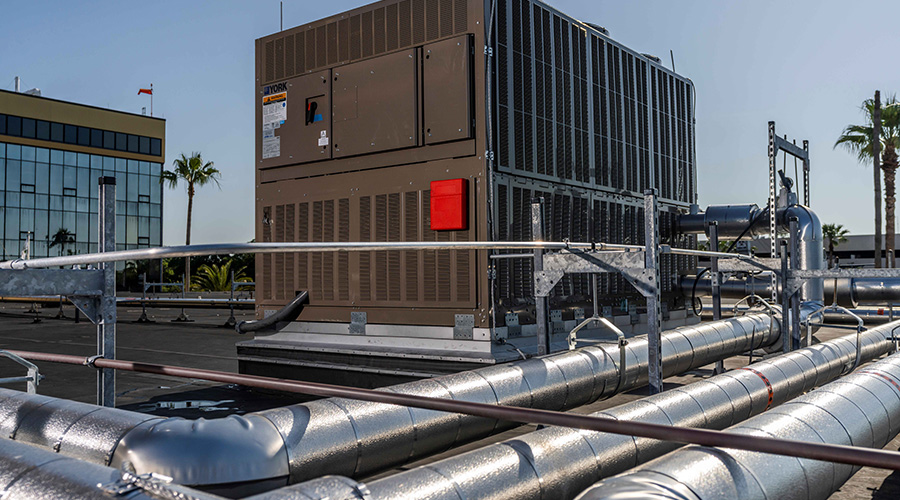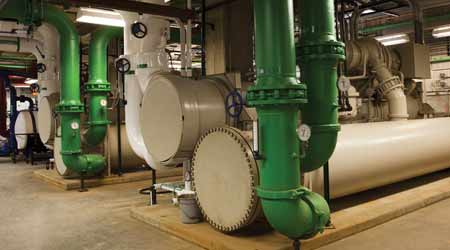 Simply replacing an existing chiller with a new, higher-efficiency model might be the easiest solution, but it can cause problems if not done correctly.
Simply replacing an existing chiller with a new, higher-efficiency model might be the easiest solution, but it can cause problems if not done correctly.Chillers: Ensuring Energy Efficiency
Ensuring the energy efficiency of a chiller is essential to controlling facility costs.
Refrigerant considerations
Ensuring the energy efficiency of a refrigerant-based cooling system is central to controlling facility costs. Achieving this goal requires monitoring components consistently, addressing issues with corrective actions, and performing scheduled PM tasks.
Over time, most refrigerant-based systems form small cracks and leaks, allowing refrigerant to leach out of the equipment. The U.S. Environmental Protection Agency (EPA) requires chiller owners to identify and address refrigerant leaks of a certain size. Regulations — specifically, section 608 of the Clean Air Act regarding leak detection and remediation — are expanding in 2019.
Seen the accompanying article on this page for more information on the changes.
The first step in addressing leaking chillers is to closely monitor refrigerant levels and chiller operation. Facility technicians should keep a detailed equipment log of chillers and update it regularly, including any maintenance or fluctuations to the refrigerant system.
The log should include results of a general inspection of the equipment, as well comments on system variables that have changed. Managers should verify with the chiller manufacturer that the chiller is losing refrigerant at an acceptable rate, and they should consider all safety recommendations about refrigerant as detailed in ASHRAE Standard 15 and applicable local and state regulations.
Adhering to a consistent PM schedule will decrease the likelihood of refrigerant leaks and ensure that the chiller operates at its highest efficiency. The chiller manufacturer should provide a PM schedule based on equipment run time. PM tasks should include replacing minor equipment components, analyzing the chemical makeup of the oil and refrigerant, and the cleaning of tubes.
Minor equipment components that might require replacement during normal PM include gaskets, strainers and filters. Some of these parts break down or become fouled over time. Replacing them can help minimize possible leaks and enable the equipment to run as designed.
Managers can find additional opportunities to improve chiller efficiency through analysis of oil and refrigerant, a process typically done by a lab that specializes in identifying impurities within the samples. Based on manufacturer recommendations and test results, managers can schedule additional maintenance or adjust operational specifications to ensure the equipment runs effectively.
The root function of a chiller is to exchange heat among refrigerant, cooling water and, in most cases, condensing water, so ensuring maximum heat exchange drives the unit’s efficiency. Buildup, scaling and fouling within the water-side coils disrupts this function by increasing the thermal resistance between the refrigerant and the water. Thoroughly cleaning buildup from the condenser and evaporator coils will greatly increase the unit’s efficiency.
In addition to cleaning tubes during equipment shutdowns, proper water quality is imperative to avoid buildup and fouling within tubes. To reach this goal, technicians need to achieve a balance of water conductivity, pH level, alkalinity, and hardness. They should take regular water quality samples, add chemicals as required to meet manufacturer-suggested water quality, and record changes in water quality in their equipment logs.
Maintaining new or outdated chilled-water systems can be a daunting task on a tight budget, so consistent monitoring and regular maintenance is crucial for success. Continuously supervising the efficiency of the system and reacting quickly to noticeable changes can save the organization money in terms of energy consumption and operations and maintenance costs in the long run.
Jordan Ridgley is a field engineer in the Charlotte, N.C., office of Horizon Engineering Associates (HEA). He specializes in building commissioning services for new and existing facilities. HEA on LinkedIn: www.linkedin.com/company/horizon-engineering-associates-llp. Twitter: @HEA_Energy. Facebook: www.facebook.com/HorizonEngineeringAssoc.
Related Topics:











